It’s really easy to fall into the trap of assuming that a DIY project will save you money. Sure, it certainly can in some cases, but if you approach projects with the wrong assumptions or a lack of preparation, it’s going to come back to bite your bank balance. We want you to pursue your DIY dreams without having such financial difficulties, though, so for guidance, here are some classic hidden costs of DIY that people just don’t talk about.
The Price of Mistakes

As with anything in life, DIY mistakes are inevitable, and you’ll learn a lot from them. However, they can cost more than you’d think; cutting a piece of wood too short, using the wrong type of paint, or accidentally making a hole in a wall are just some examples of mistakes that can lead to some expensive repairs. So, while you shouldn’t be afraid to make DIY mistakes, just prepare for the fact that, at least early on, you might have to pay for them.
Specialized Tools You’ll Rarely Use Again
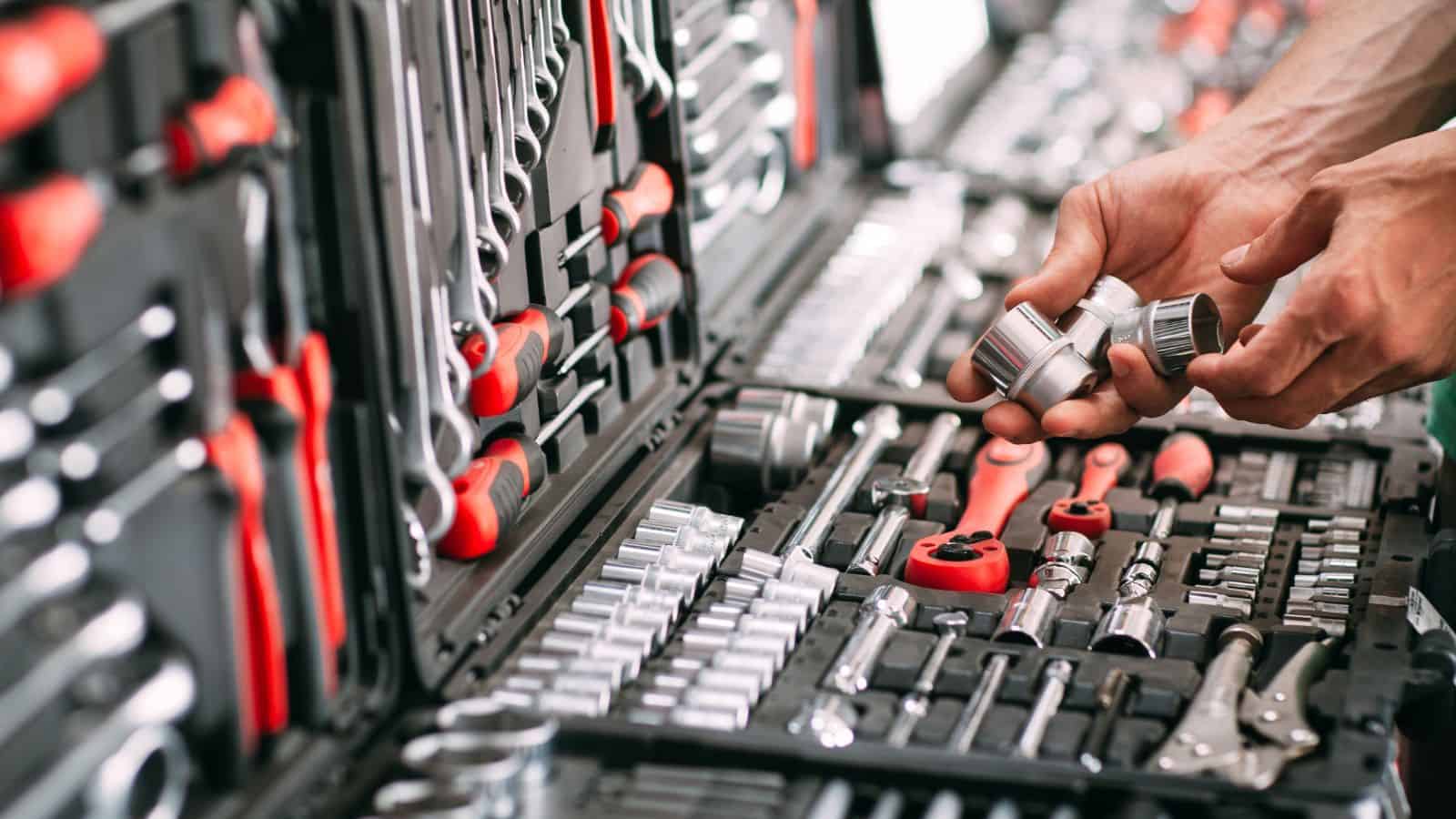
There are so many DIY projects that require specialized tools that are too specific to be useful in everyday life. For example, you might need a tile cutter, a specialized drill bit, or a precision saw for a one-time job. Unfortunately, buying or even renting these tools can be costly, especially when they’re likely to gather dust in the garage once you’re done, but that’s just part of the world of DIY.
Safety Gear and Equipment

When you start a DIY project, it’s imperative that you follow safety procedures, such as wearing gloves, masks, goggles, and even respirators. Frustratingly, though, these items can add up in cost, making it tempting to skip out on them. However, just think about how expensive the medical bills would be if you got into some trouble without them, and they’ll start to feel cheap.
Extra Supplies for Unexpected Repairs
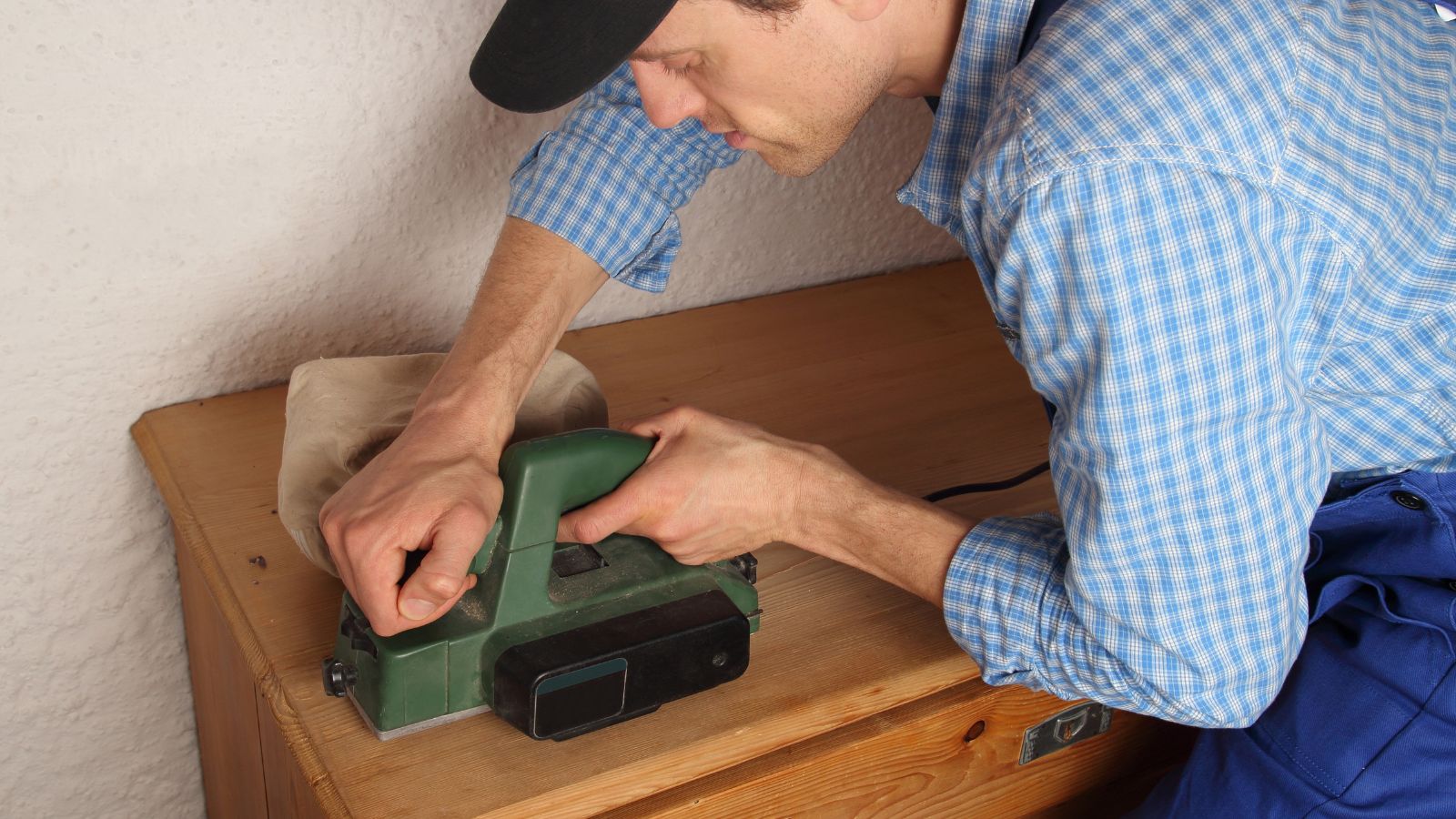
Even the simplest DIY projects can reveal underlying issues, such as hidden mold or wiring problems. You’ll no doubt wish that you’d never noticed them, but ultimately, these surprises still need addressing, often demanding extra materials and time you hadn’t budgeted for. Suddenly, a quick repaint turns into an unexpected repair job, so remember that next time you start a project.
Wasted Materials Due to Trial and Error
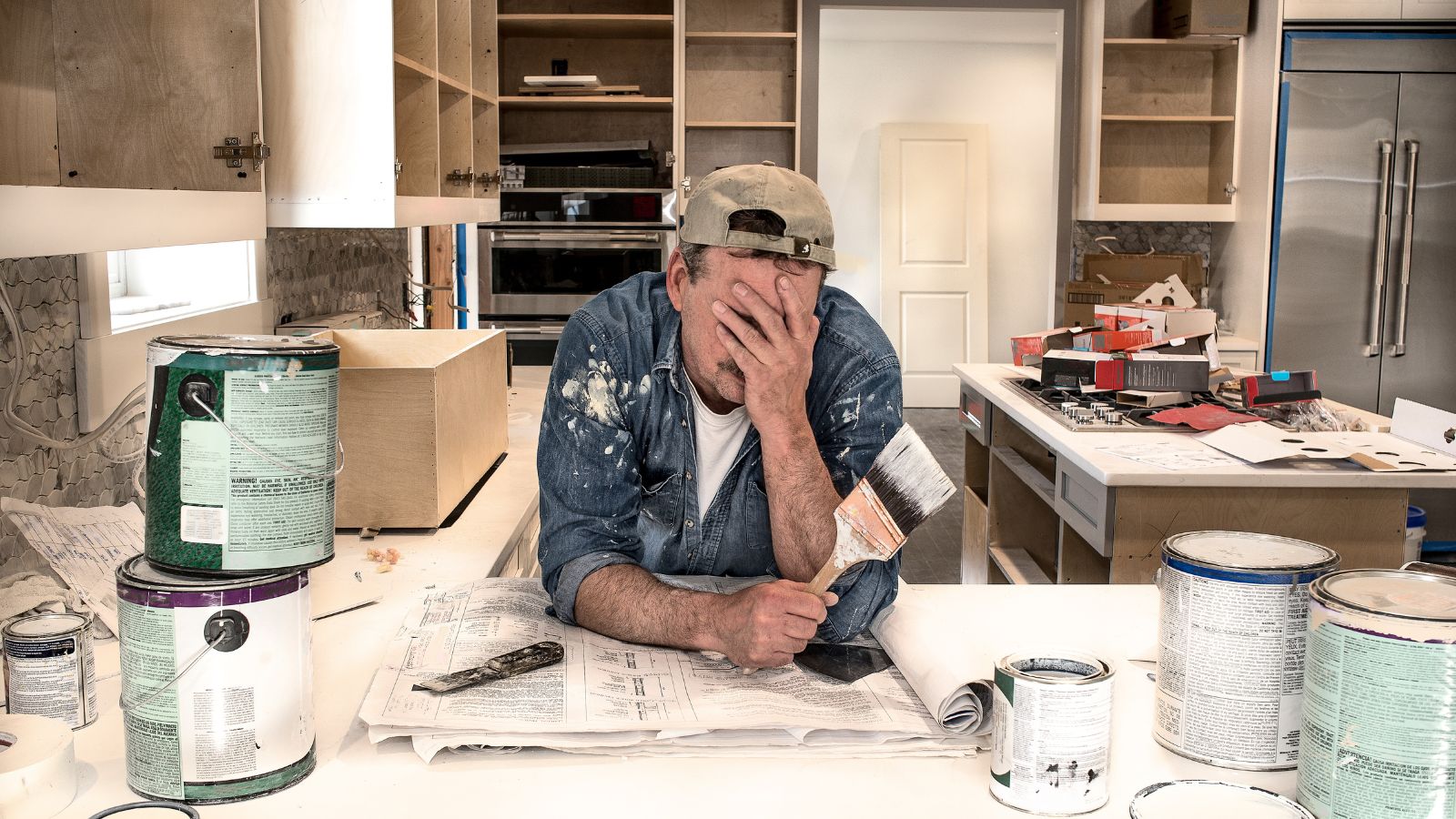
Trial and error is often a part of DIY projects, especially when you first get started, but this can result in wasted materials. Extra sheets of plywood, broken tiles, or spilled paint aren’t cheap, leading this learning curve to be frequently cited as a common cost. As you develop your skills, though, trial and error will become a lot less common in your workflow.
The Time Factor

Perhaps the most overlooked hidden cost of DIY is time. It’s far too easy to underestimate how long a project will take, especially if you’re learning as you go. Naturally, this means that you might spend weekends and evenings working instead of relaxing. Worse still, you could potentially be earning money during your DIY time, so while we’d definitely still recommend it, you should consider balancing the rewards with the cost of hiring a professional.
Waste Disposal Fees

Newbie DIY enthusiasts rarely anticipate how much the waste disposal fees for their projects are going to be. Even just disposing of old carpets, broken tiles, leftover wood, and cans of paint at the dump can add up, with some localities charging by weight or requiring special disposal for certain items. Because of this, the costs can rise quickly, but frankly, it’s unavoidable.
Permits and Inspection Costs

Some projects legally require permits or inspections, especially if they involve structural changes, electrical work, or plumbing. Permit fees vary by area and can add a surprising amount to your budget, so it’s worth researching this in advance to prevent yourself from getting disappointed. Don’t even think about ignoring them because if you get caught, you could find yourself with far heftier fines.
Damage to Existing Structures
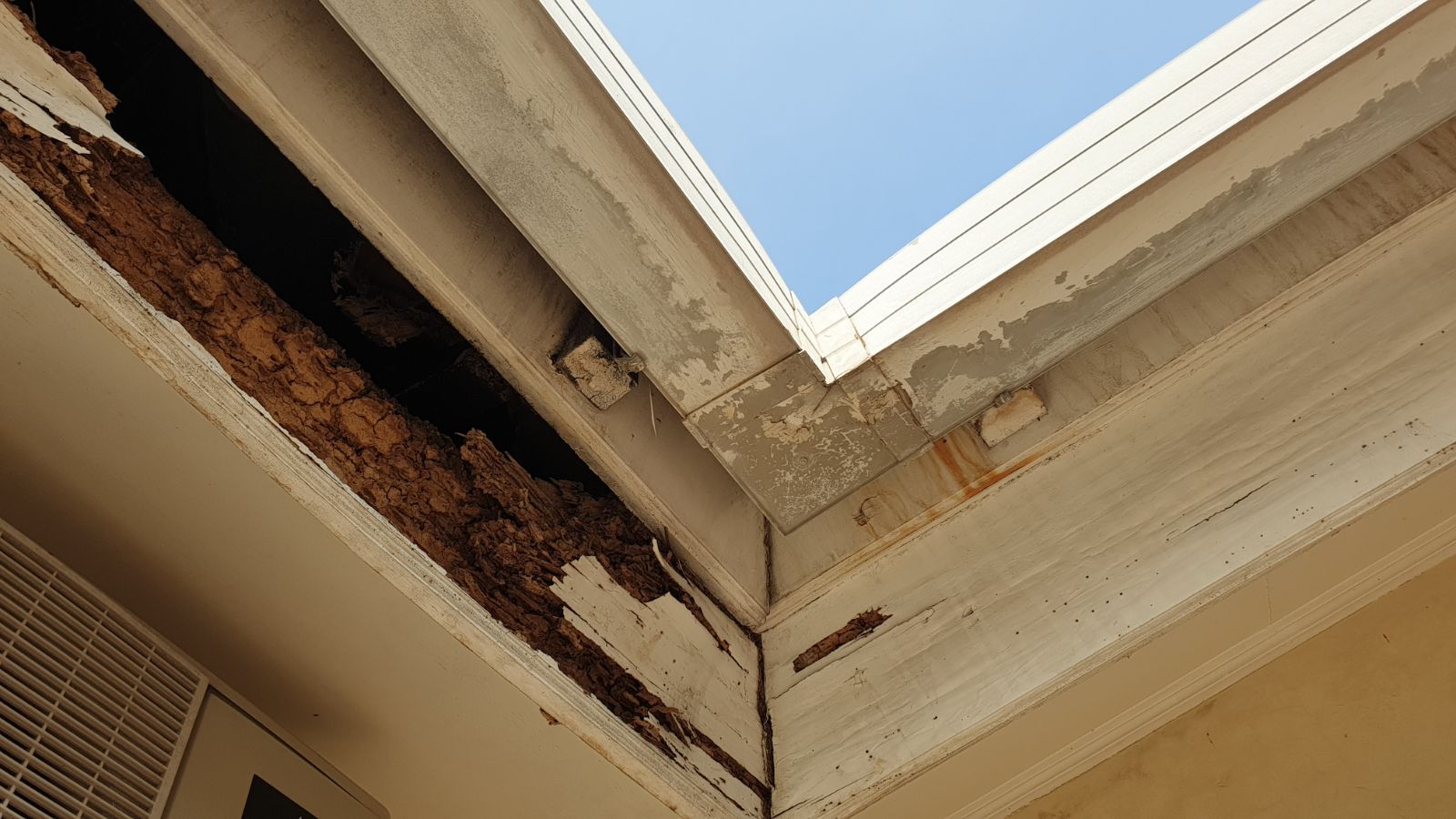
DIY projects can sometimes lead to accidental damage, like a misplaced drill hole, a chipped countertop, or scratched flooring. All of these damages can add to your expenses because fixing other things likely wasn’t part of the plan. It’s natural to become frustrated by this, but you’ll learn from it every time, and future projects will ultimately become more seamless.
Unanticipated Delivery and Transport Fees

It’s very common for DIY enthusiasts to order the large and heavy supplies necessary for their project, only to discover that the delivery fees are absurdly high. Some might rent a truck or pay for special transport to get around this, but that will still cost you money. Remember this next time you have to deal with hefty materials, though, and it won’t come as too much of a shock.
Higher Utility Bills

Another hidden cost of DIY, especially the larger ones, is that they can sometimes lead to a bump in utility bills. For example, constantly using power tools, sanding, or using large quantities of water can add to your electricity or water bill. Don’t forget that installing power-hungry appliances or building new rooms will also require additional resources.
Stalled Projects Due to Skill Gaps

Starting a project without the necessary skills can stall progress, and this delay can have a cost of its own. Some people end up paying for online courses or tutorials to learn a specific skill mid-project, often discovering that the knowledge gap is simply too big, hiring a professional after all. Sometimes, this is the only option available, so conduct a deep dive and consult other DIYers before starting a project to ensure you understand what you’re getting yourself into.
Physical Wear and Tear on Your Body

You’ve probably never thought about this, but DIY can be tough on your body, especially for larger projects involving lifting, bending, or repetitive movements. Injuries like strained muscles or joint pain can sneak up on you, leading to medical bills or chiropractic visits. It’s a hidden cost that’s easy to forget about until you’re paying for an unexpected appointment, so be safe!
Insurance Coverage Issues

Home insurance policies often have limitations when it comes to DIY work, particularly for structural changes or additions. Mistakes or accidents might not be covered, which could leave you liable for the damages. Therefore, it’s wise to check with your insurer before starting a big project, potentially saving you from a financial headache later.
Costly Design Changes Mid-Project

As DIY projects progress, it’s easy to get tempted by new ideas or trends, but remember–changing designs or adding features mid-project can lead to higher material costs and extra trips to the store. Yes, creativity is part of the fun, but it’s also a reason many projects end up way over budget. As long as you keep that in mind, though, it shouldn’t be too financially painful.
Storage Costs for Leftover Supplies

Unused materials from DIY projects tend to stick around, with leftover tiles, paint cans, or wood offcuts quickly taking over your garage. You’ll no doubt end up buying storage containers, building shelves, or even renting storage units to safely store your supplies. Unfortunately, all of these costs can sneak up, especially if you tackle projects frequently.
Hiring Professionals
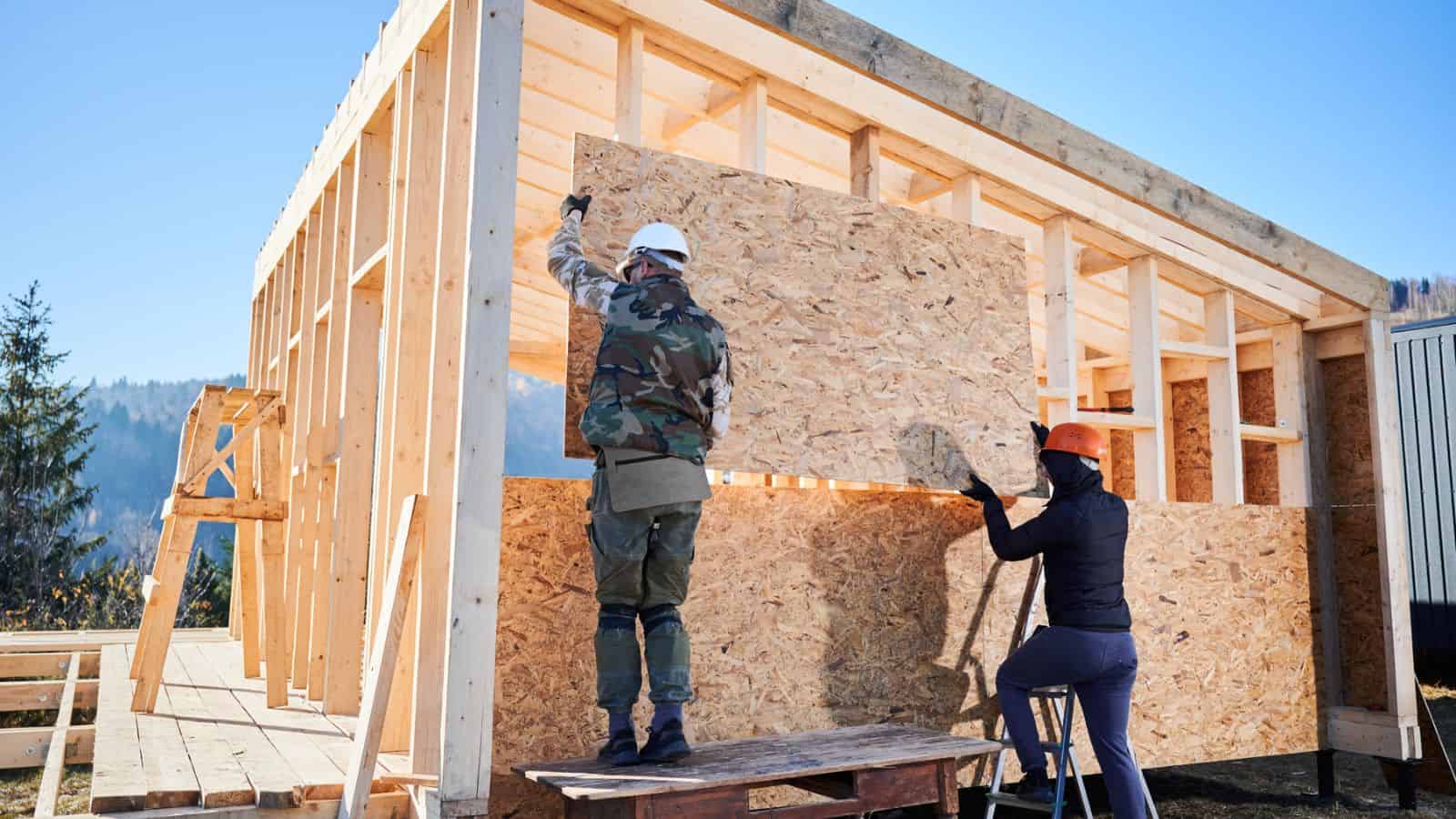
It’s easy to assume that a DIY project is going to save you money, but this isn’t necessarily the case when you end up hiring a professional for help. This is a very common scenario; sure, you’re willing to do some painting, build some shelves, and fit your floor, but you probably don’t trust yourself to handle plastering, electric wiring, or plumbing. Ultimately, this means that even on DIY projects, you’ll often end up hiring the assistance of pros, eating into your budget.
Reduced Resale Value

We’ve saved the most important consideration until last: always remember that not all DIY work adds value to your home. Poorly executed DIY can impact resale value if it doesn’t meet professional standards, and in many cases, even a successful job might do nothing for the value of your home. It all depends on your location, the project types, and, more importantly, how good your DIY skills are, so keep this in mind if you’re looking to sell your property in the future.
